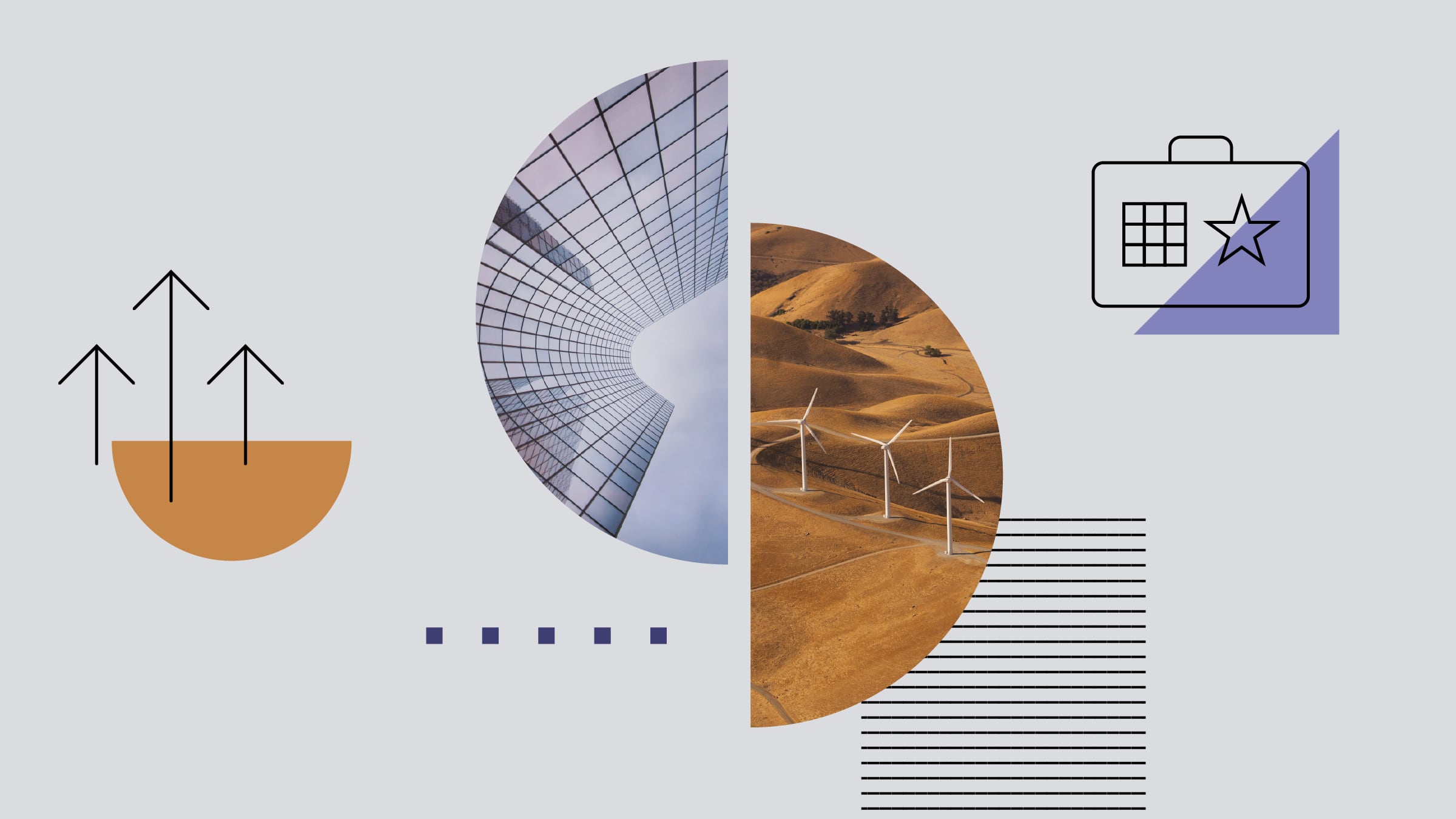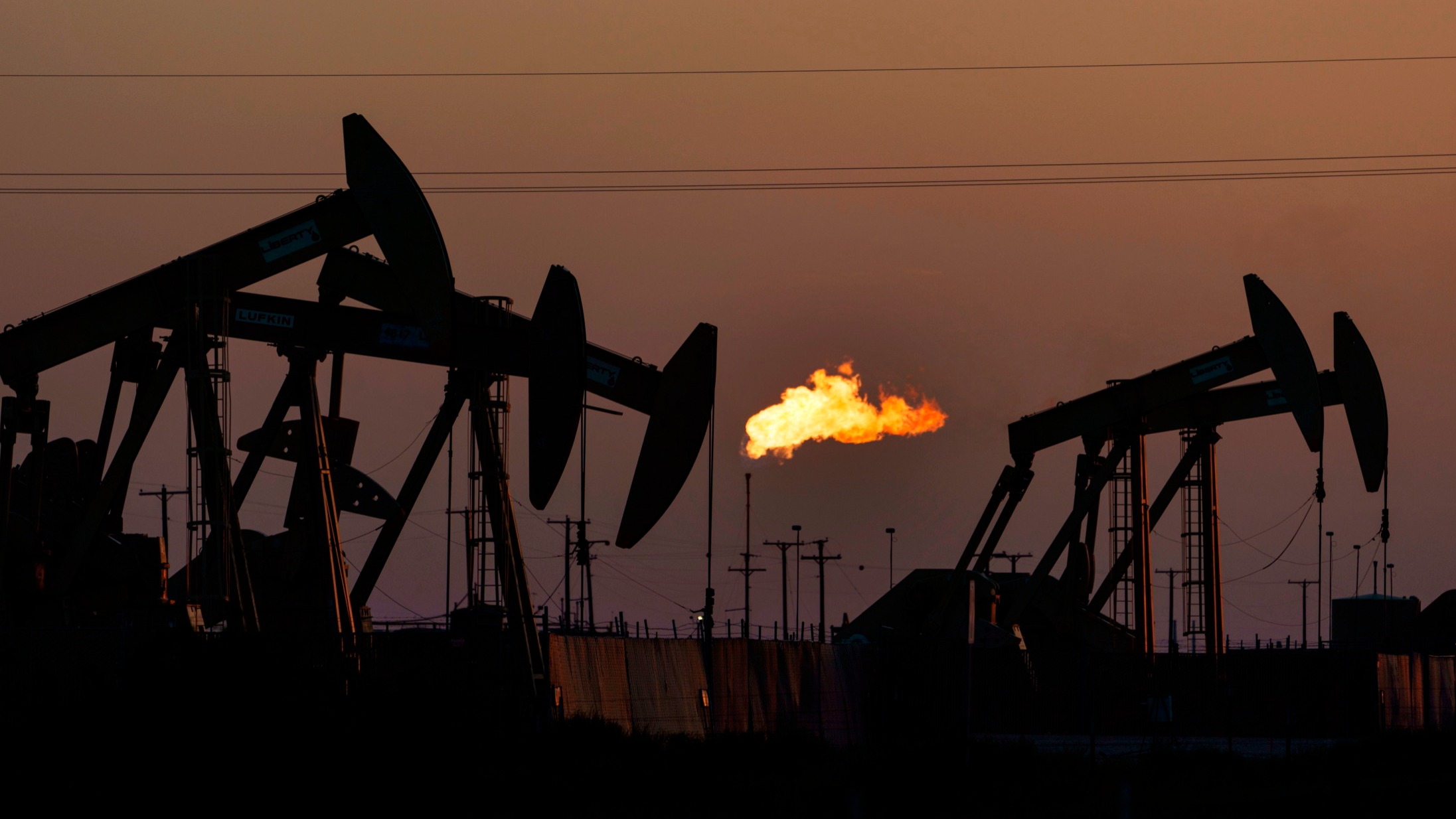Macro Catalysts and Market Timing: How UAE Traders Prepare for High-Impact Events

In a world where markets respond to headlines in real time, the ability to anticipate and react to macroeconomic catalysts has become a defining trait of successful traders. For UAE-based investors operating across forex, equities, commodities, and indices, timing trades around high-impact events isn’t just about catching the right wave—it’s about risk management, strategic planning, and understanding how local and global developments intersect.
This article explores how UAE traders interpret macro catalysts, time their entries and exits, and manage risk during volatile conditions. Whether you’re trading the USD/AED pair, Brent crude futures, or regional blue-chip stocks, knowing what moves markets and when is key.
Understanding Macro Catalysts
Macro catalysts are key economic, geopolitical, or financial events—such as central bank decisions, employment figures, inflation data, and trade developments—that cause significant market moves beyond normal fluctuations. For instance, a surprise Federal Reserve rate cut can boost global equities while weakening the US dollar, and a slowdown in Chinese industrial output can pressure commodity-linked currencies and oil prices, which directly impact UAE traders.
These catalysts matter greatly to UAE traders because the UAE’s economy is closely linked to oil exports, and its currency (AED) is pegged to the US dollar. This makes local markets sensitive to global shifts from major centres like Washington, Brussels, Beijing, and Riyadh.
For example, the Fed Dec meeting is more than just a US event—it can sway sentiment across GCC equity markets, reshape expectations for regional interest rates, and shift trading volumes in USD-pegged currency pairs.
Types of High-Impact Events Traders Monitor
Monetary policy announcements, especially from the Federal Reserve, heavily influence UAE markets due to the AED’s USD peg. Changes in US interest rates affect local lending rates and real estate sentiment. Rate hikes typically strengthen the dollar and pressure commodities, while dovish moves boost risk appetite and equities.
Inflation and employment data like the US CPI and Non-Farm Payrolls often precede central bank actions and cause immediate market volatility. UAE traders use these reports as short-term trading catalysts, positioning before or reacting after the releases.
Oil market events—OPEC+ decisions, US crude inventories, and geopolitical disruptions—directly impact the UAE economy. Production cuts usually spike prices, benefiting Gulf revenues and regional equities. Traders often focus on oil-linked indices or correlated assets.
Geopolitical tensions in the Middle East, such as Strait of Hormuz disruptions, and broader global conflicts can trigger market volatility and risk-off moves. Traders monitor news closely and hedge positions to manage unpredictable risks.
Corporate earnings from major US firms influence global risk sentiment, affecting demand for equities and high-yield currencies. UAE traders with international exposure track these results, as global sentiment often filters into regional markets through capital flows.
Market Timing Techniques for UAE Traders
Savvy traders often look at historical data to assess how markets have reacted to similar macro events in the past. This helps them identify patterns and build a thesis for how prices may move. While pre-event trading can be profitable, it also carries the risk of surprise outcomes.
Some traders prefer to wait for the event to unfold and then trade the reaction. This confirmation-based approach may result in smaller moves, but it avoids getting caught on the wrong side of unexpected data.
Volatility-Based Strategies
Macro events almost always bring volatility. Traders use tools like the Average True Range (ATR) to estimate how far a price might swing after a major announcement. In options and CFDs, straddle and strangle strategies are employed to capture price movement in either direction.
UAE traders using leveraged products must be especially mindful of volatility. A well-timed position can yield outsized gains, but without proper sizing and stops, large losses can occur just as quickly.
Technical Triggers + Fundamental Events
Some traders blend technical analysis with fundamental catalysts. For example, if a currency pair is approaching a strong resistance level ahead of a central bank decision, a breakout strategy may be employed if the news aligns with the technical setup.
Indicators like RSI divergence, MACD crossovers, or Fibonacci retracements can offer added confidence when entering trades near major news events.
How UAE Traders Gain an Edge
UAE traders benefit from combining local economic knowledge with global market insights—for example, understanding how rising US interest rates and AED adjustments affect regional sectors like real estate. This dual perspective helps them interpret global news through a regional lens, leading to smarter decisions.
Additionally, advanced trading platforms offer tools such as sentiment indicators, live news, one-click execution, and risk controls like trailing stops. Using a regulated UAE broker like ADSS provides transparent execution, local support, and access to diverse instruments ideal for trading around macro events.
Conclusion
Navigating macro catalysts requires more than just awareness of the news cycle. UAE traders who successfully time high-impact events do so by blending preparation, strategic positioning, technical insight, and risk control. Whether you’re reacting to a surprise inflation print, an OPEC+ announcement, or the outcomes of the Fed Dec meeting, your edge lies in anticipating the reaction, not just the event.
By staying informed, leveraging the right tools, and respecting volatility, UAE traders can confidently engage with global markets while staying rooted in regional realities.







